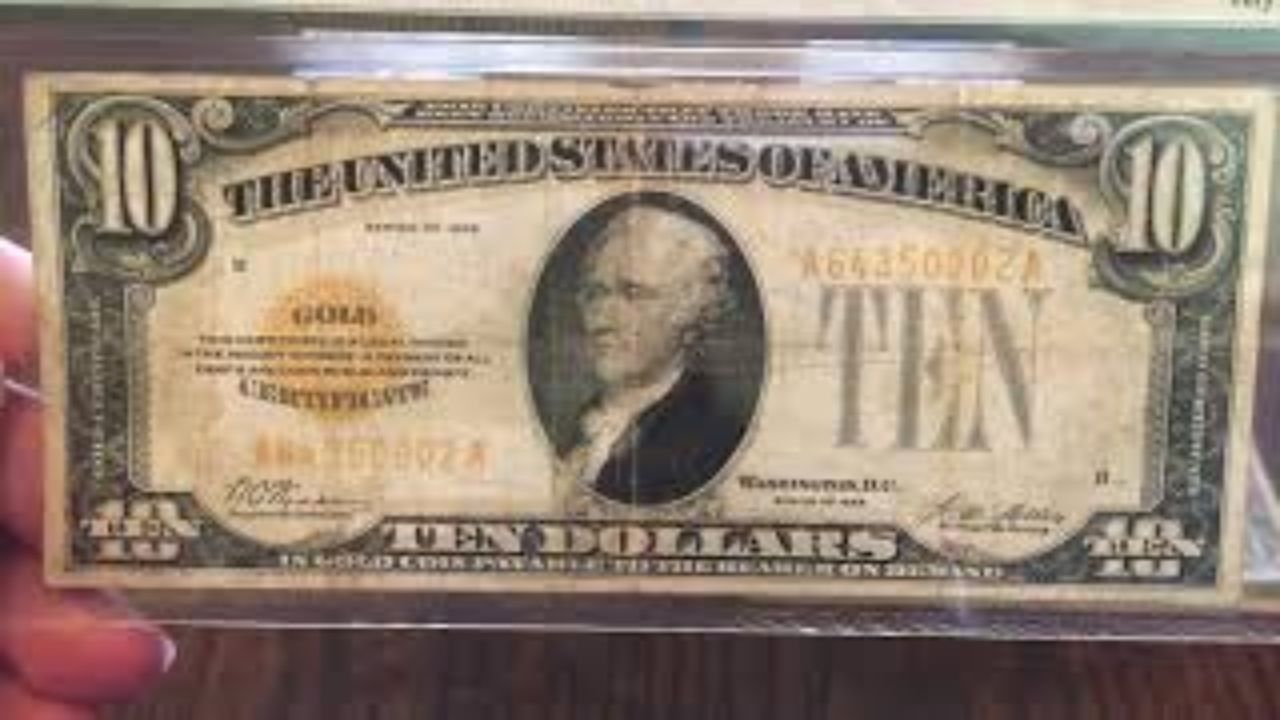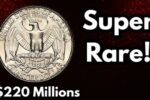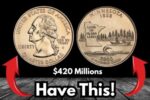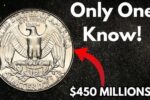A Surprise Find Worth Thousands
A teenager in Ohio stumbled upon a $10 gold certificate tucked inside an old toolbox while cleaning out their grandfather’s garage. This rare piece of U.S. currency, last issued in the 1930s, has collectors buzzing with excitement. Experts say the 1928 $10 gold certificate, in pristine condition, could be worth $10,000 or more at auction. The discovery has sparked a frenzy among collectors, with many now rummaging through family heirlooms hoping to find similar treasures hidden in plain sight.
What Makes Gold Certificates So Valuable?
Gold certificates were once used as paper money backed by gold, but the U.S. stopped making them in 1933 when it ended the gold standard. The 1928 $10 note, featuring Alexander Hamilton’s portrait, is especially rare in high-grade condition. One in near-perfect shape sold for $48,000 at a 2023 auction. Errors, like misprinted serial numbers or inverted backs, can push values even higher, with some fetching $100,000. The teen’s certificate, graded VF-35 by the Paper Money Guaranty (PMG), is estimated to sell for $12,000 to $15,000 due to its crisp condition.
| Rare Gold Certificate | Auction Price |
|---|---|
| 1928 $10 VF-35 | $12,000-$15,000 |
| 1928 $10 Error Note | $100,000 |
Everyday Discoveries Turn Into Fortunes
The Ohio teen’s find isn’t the only one making headlines. A 1922 $20 gold certificate was found inside a book at a thrift store and sold for $66,000. Another, a 1905 $10 note, turned up in an attic and fetched $22,000 at auction. These stories show that rare currency can still be hiding in unexpected places, like old wallets, boxes, or even furniture. Gold certificates are prized for their bright yellow seals and historical value, making them a favorite among collectors.
| Notable Find | Value |
|---|---|
| 1922 $20 (Thrift Store) | $66,000 |
| 1905 $10 (Attic) | $22,000 |
How to Spot a Valuable Gold Certificate
Want to check if you have a rare gold certificate? Look for the gold-colored seal and the words “Gold Certificate” on the note. Check the year, usually printed on the front, and focus on notes from 1928 or earlier. Examine serial numbers for errors, like mismatched digits, or look for a star symbol, which marks a replacement note and can add value. Use a magnifying glass to spot printing mistakes, such as misaligned text. If you think you have a keeper, take it to a professional grading service like PMG or PCGS Currency to confirm its authenticity and value.
Tips for Selling Your Find
If you uncover a gold certificate, handle it carefully to preserve its worth. Store it in a protective sleeve and avoid folding or touching the surface. Getting it graded by a trusted service can boost its auction price. Sell through reputable auction houses like Stack’s Bowers or Heritage Auctions for the best results. Online platforms like eBay are an option, but research recent sales to set a fair price. With collectors eager for these rare notes, now is a great time to cash in on your find.
The Thrill of Hidden Treasure
The teen’s discovery of a $10 gold certificate in a toolbox shows how history can hide in everyday places. These notes, once used as regular money, are now prized pieces of America’s past. With some worth thousands or more, the hunt for gold certificates is captivating collectors and hobbyists alike. Whether you’re cleaning out a relative’s attic or flipping through old books, a close look could uncover a valuable gem. So, start searching, you might just find a gold certificate that sparks your own collector frenzy.



